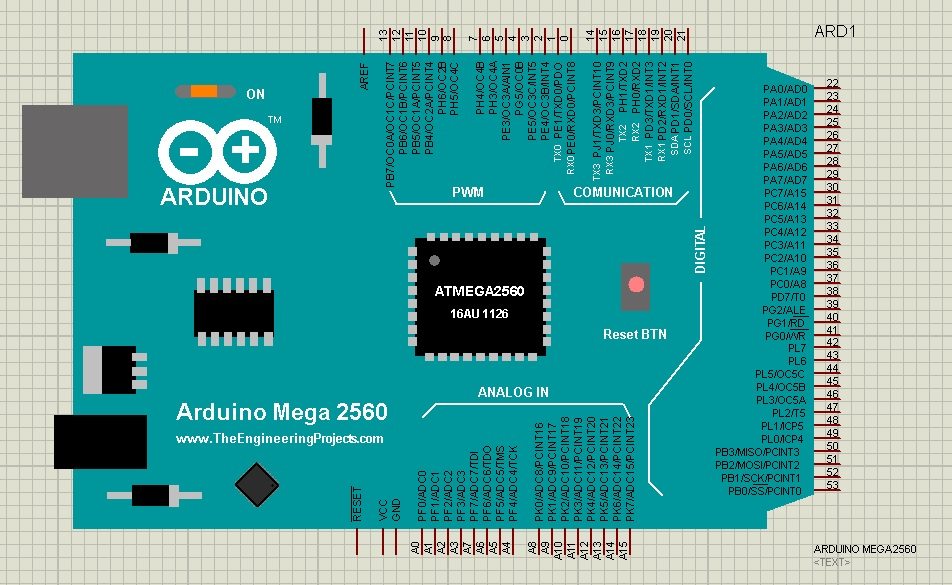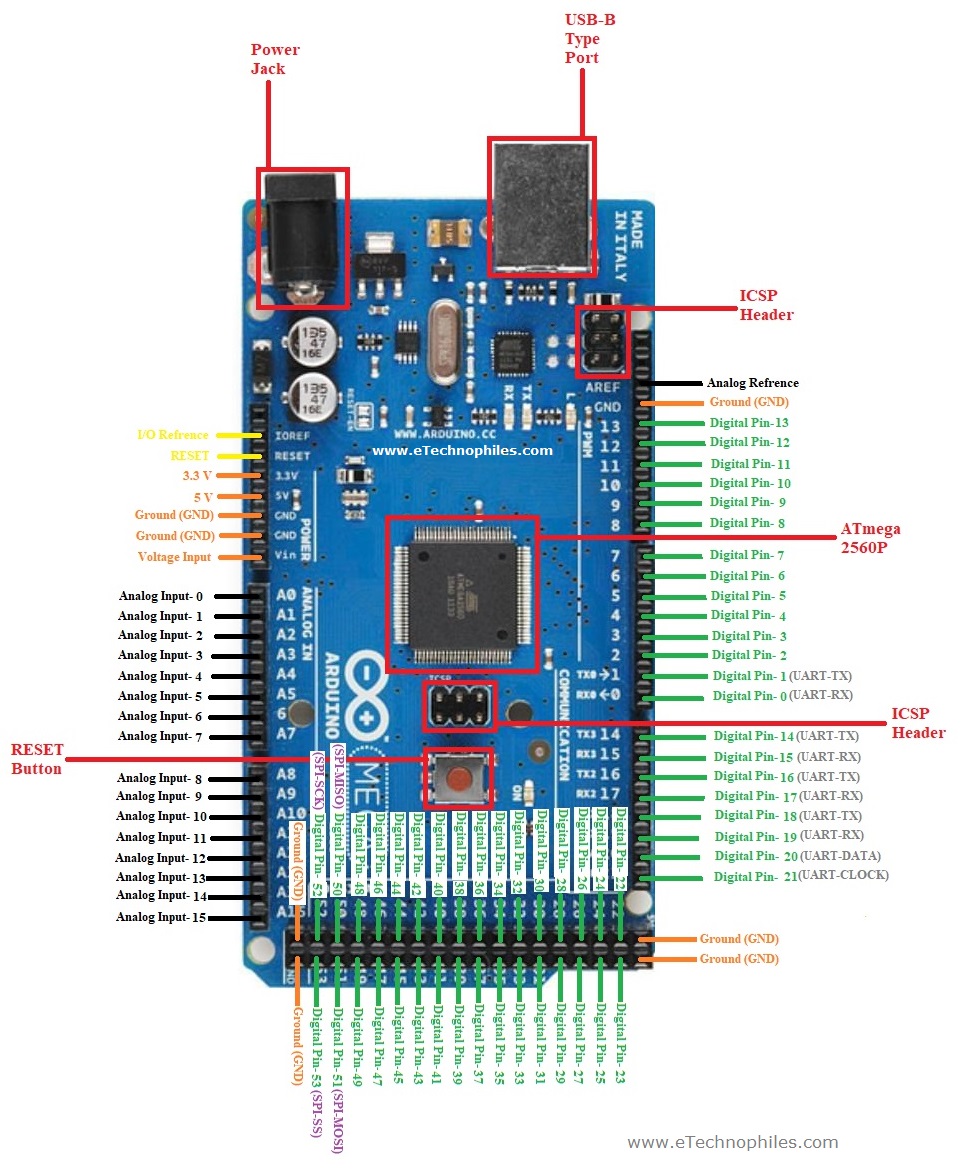
A more advanced chip is ht16k33 which can drive up to 8 x 15-segment or 16 x 7-segment led displays, or 128 separate LEDs, or combinations of those. One of the simplest i2c chips is pcf8574, which can read 8 switches light 8 LEDs, or any combination of the two. A wide range of i2c chips are available which can drive displays and leds, read digital or analog controls, actuate motors, etc. In order to increase the number of input and outputs, various extra chips can be used which don't require code to be uploaded to them, and attach to the Arduino via a "bus" which allows multiple chips to be attached to the same wires.

Then there is the complexity of getting the Arduino to communicate with each other.Ī more practical approach would be to use a single Arduino and sketch.

Debugging multiple sketches is very difficult because you don't always know which sketch has a bug, or, worse, if a bug is caused by a combination of sketches. Each Arduino would require a separate sketch which would need to be written and debugged. A more advanced chip is ht16k33 which can drive up to 8 x 15-segment or 16 x 7-segment led displays, or. For a beginner, it would be too difficult. A wide range of i2c chips are available which can drive displays and leds, read digital or analog controls, actuate motors, etc. But an expert would probably choose another way.


 0 kommentar(er)
0 kommentar(er)
